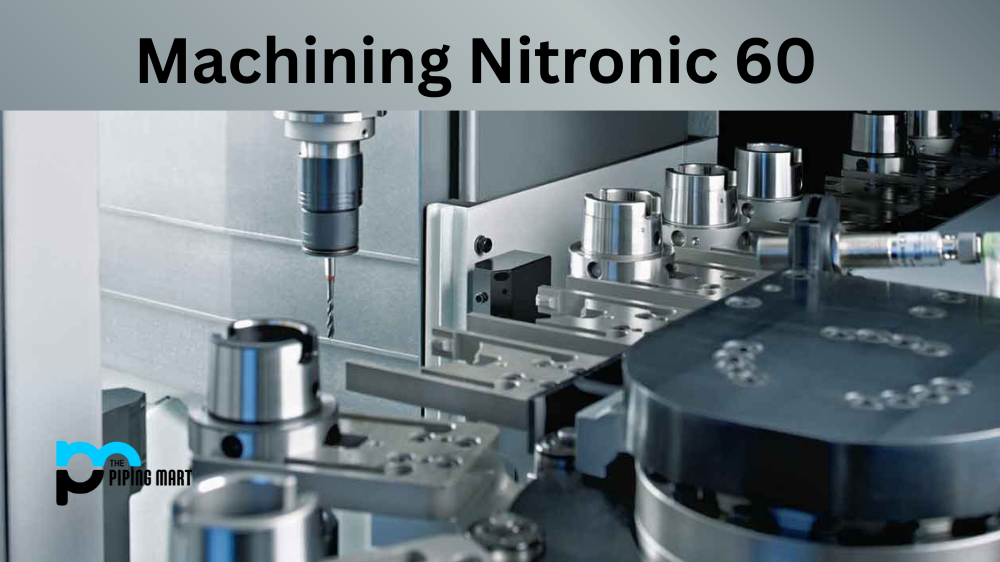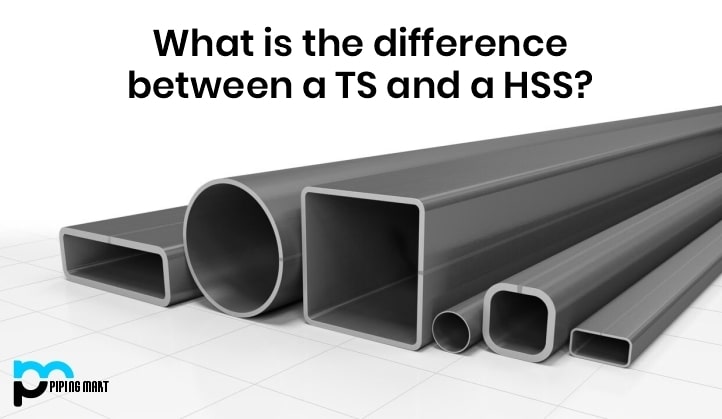Nitronic 60 is austenitic stainless steel that is highly resistant to corrosion and abrasion, making it a great choice for many machining projects. However, due to its composition and unique properties, it can also be difficult to machine. Let’s take a look at the challenges associated with machining nitronic 60.
High Heat Levels During Machining
Due to its high chromium content and low carbon levels, nitronic 60 generates a significant amount of heat during machining operations. This increased heat level can cause the material to become more difficult to machine because it increases frictional resistance which in turn requires higher cutting speeds. This also has the potential to lead to premature tool wear, which can reduce the life of your tools and decrease productivity. To combat this issue, manufacturers should opt for cutting fluids that are designed specifically for stainless steels like nitronic 60.
Work Hardening
Nitronic 60 is known for its work-hardening tendencies, which can make it more challenging to machine than other materials such as aluminum or brass. Work hardening occurs when the material becomes harder and more brittle due to excessive machining operations—such as drilling and tapping—which causes the grain structure of the metal to be compressed or broken down. This makes it more difficult for tools like drills and taps to cut through the material, resulting in reduced accuracy and shorter tool life. One way to avoid work hardening is by using light cuts with frequent chip removal so that chips do not accumulate on the surface of the part being machined. This will help prevent excess build, which could lead to work hardening and increased friction on the cutting tool.
Stress Corrosion Cracking
Nitronic 60 is also susceptible to stress corrosion cracking (SCC). SCC occurs when a combination of tensile stress, corrosion-promoting environment, and temperature create conditions where cracks form on the material’s surface. To prevent SCC from occurring during machining operations, manufacturers must take special care when selecting their cutting tools as well as their cutting fluid—as certain types of fluids can accelerate SCC if used improperly. It’s also important that any burrs or sharp edges created during machining are removed promptly, as these areas are prone to stress concentration which could lead to SCC over time if left untreated.
Conclusion:
Machining nitronic 60 can be tricky, but with proper planning and preparation, you can ensure success on your next project! By understanding how heat levels affect machinability, taking steps to avoid work hardening, and being aware of how stress corrosion cracking affects nitronic60, you will be able to set yourself up for success! With a careful selection of both your cutting tools and cutting fluids, you will be able to maximize productivity while minimizing waste during your upcoming project! With thoughtful preparation, you, too, can see success in working with this powerful alloy!

Abhishek is a seasoned blogger and industry expert, sharing his insights and knowledge on various topics. With his research, Abhishek offers valuable insights and tips for professionals and enthusiasts. Follow him for expert advice on the latest trends and developments in the metal industry.




